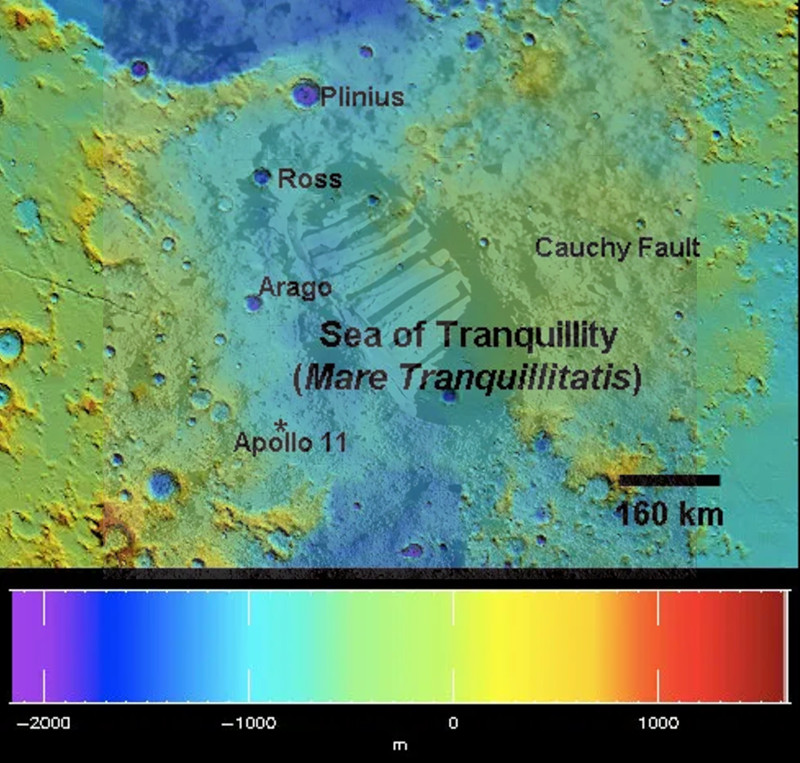Mare Tranquillitatis | Abyss & Apex (original) (raw)

Josh Pearce
Mare Tranquillitatis
a man dreamed
of walking on the moon
but when he looked
back at the path trod
said to god
i see only one set of footprints
in the dust why did you
leave during the hardest
small step of my life?
and in the silence
of hard vacuum
mankind carries himself
and leaps
_______________
Josh Pearce has published more than 100 stories, reviews, and poems in a wide variety of magazines, including in Analog, Asimov’s, Beneath Ceaseless Skies, Bourbon Penn, Cast of Wonders, Clarkesworld, Diabolical Plots, Locus, Nature, On Spec, Weird Horror, and elsewhere. Find more of his writing at fictionaljosh.com. One time, Ken Jennings signed his chest.
Author’s Backstory: “Mare Tranquillitatis” is part of a series of poems I’ve been writing about the features of the moon. Other poems from the cycle have appeared in Analog, Asimov’s, New Myths, and Mithila Review. I based “Mare Tranquillitatis” off the ubiquitous “Footprints in the Sand” poem, but gave it a humanist twist.
Editor’s Notes and/or Image Credit: The referenced poem, “Footprints in the Sand” (can be read here in one of several presented forms: https://www.onlythebible.com/Poems/Footprints-in-the-Sand-Poem.html) is credited to Mary Stevenson (1922 – 1999), but there’s a lively discussion on its authorship summarized in Wikipedia (https://en.wikipedia.org/wiki/Footprints_(poem)).
The NASA images (1): Mare Tranquillitatis The Sea of Tranquility has long captivated
astronomers. Once thought to be an ocean on the Moon, its relatively smooth fields of basaltic lavas and equatorial position made it an ideal location for the first manned lunar landing. On July 20, 1969 Neil Armstrong and Buzz Aldrin left the first human footprints on the Moon near the southwestern shores of Mare Tranquillitatis. Mare Tranquillitatis (approximately 873 km in diameter) lies in the Tranquillitatis basin (centered on 0.68 N, 23.43 E; extending, roughly, from 20.4 N-4.4 S, 15.0-45.9 E). This basin is thought to have been formed as a result of a very large impact in the Moon's early history, likely more than 3.9 million years ago. The crater was then flooded with mare basalts, making it appear dark when viewed from Earth, and making it smooth and relatively flat, as seen in
LOLA data. There is only a little over a 500 m elevation difference between the highest and lowest points within the mare, excluding overprinted craters. The mare has an irregular margin because several basins, including Serenitatis and Nectaris, intersect in this region. See if you can find other features surrounding Mare Tranquillitatis on a map of the Moon.
NASA image (2): Apollo 11 astronaut Edwin Aldrin photographed this footprint in the lunar soil as part of an experiment to study the nature of lunar dust and the effects of pressure on the surface. The dust was found to compact easily under the weight of the astronauts leaving a shallow but clear impression of the boots, characteristic of a very fine, dry material. The footprint image has also become one of the enduring symbols of the first visit to the Moon. (Apollo 11, AS11-40-5878). A transparency of (2) is superimposed on (1) within PPT.